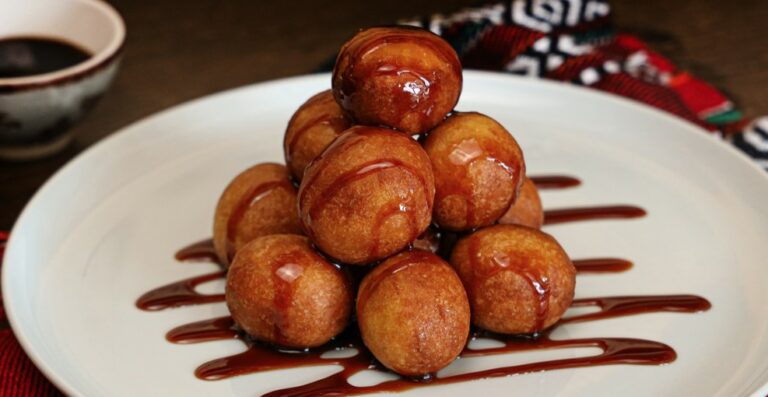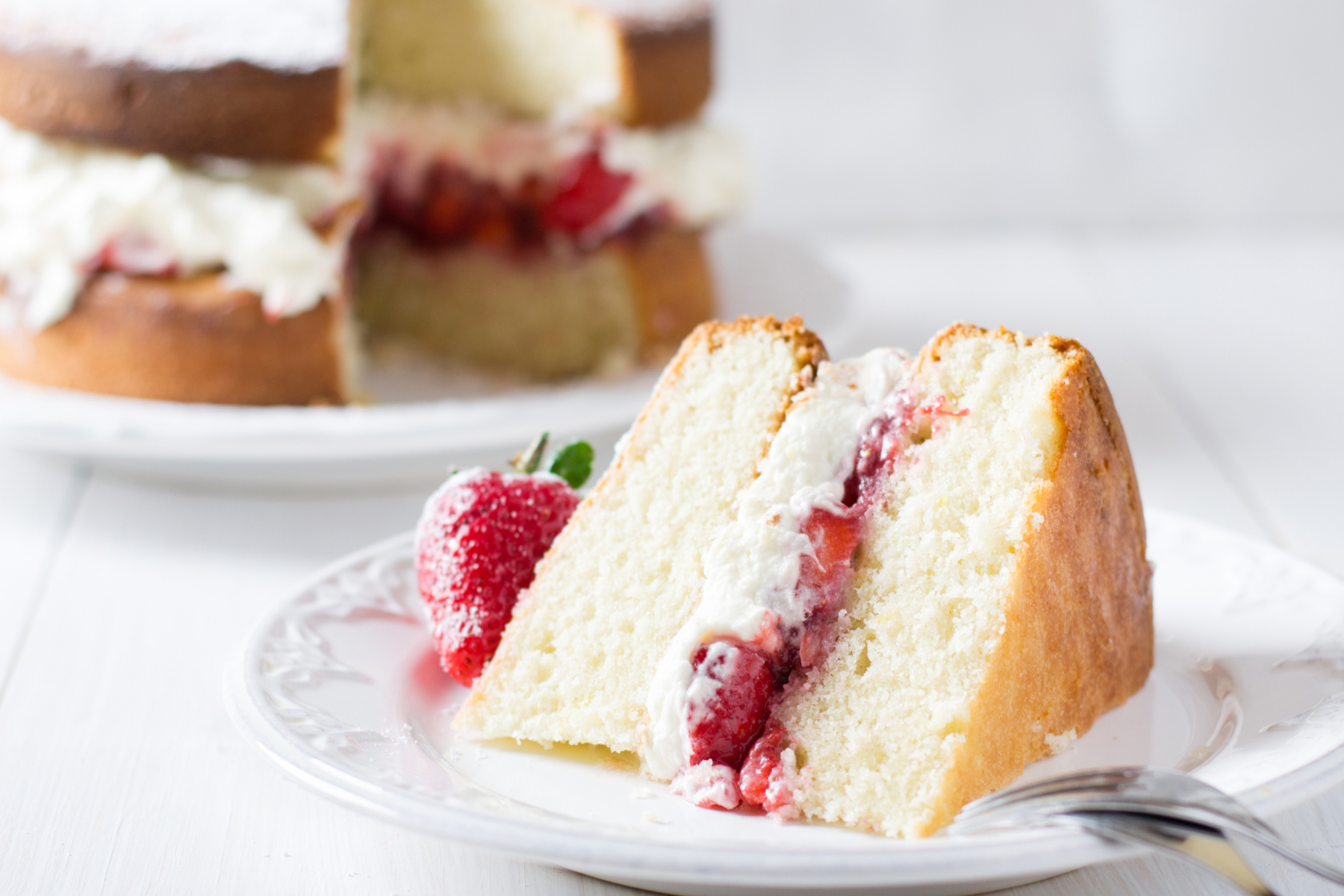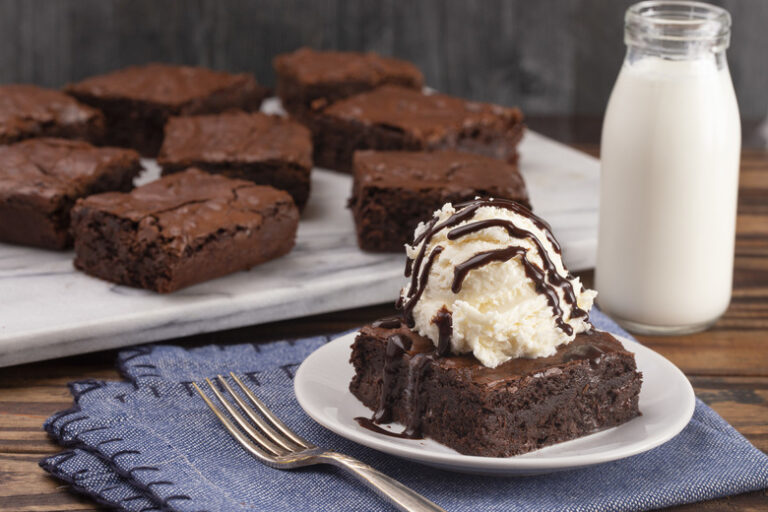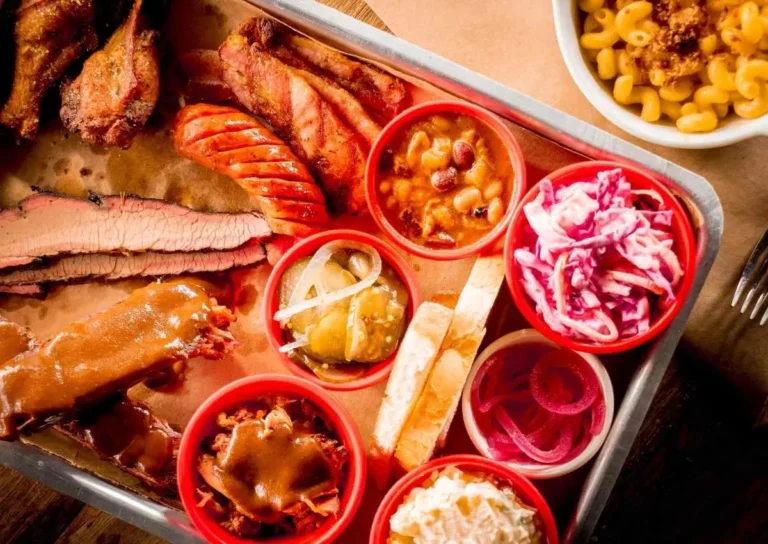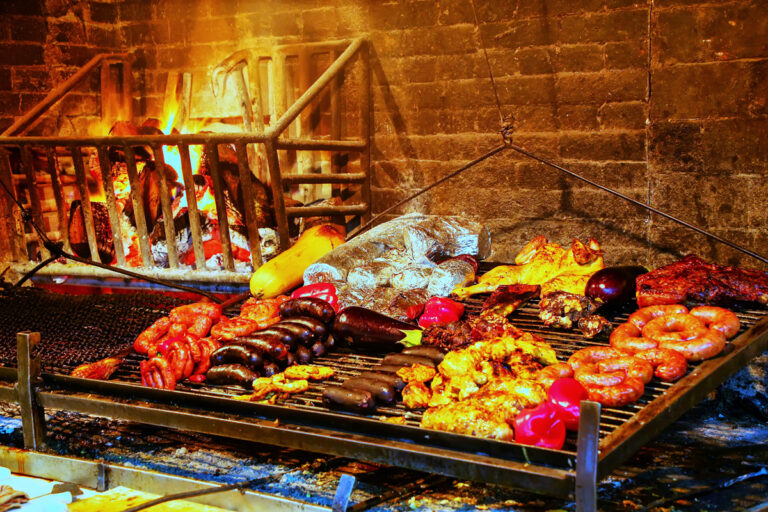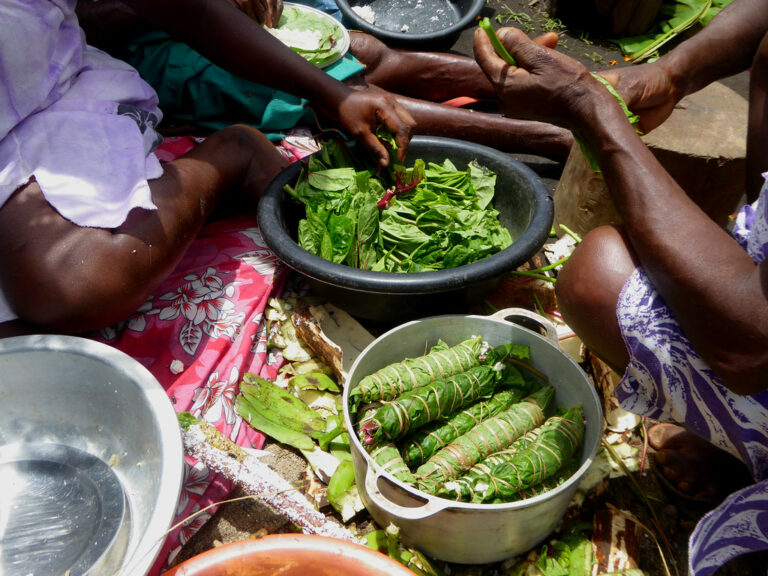Introduction: Emirati and Middle Eastern desserts
Emirati desserts are an integral part of Emirati cuisine and culture. They reflect the country’s history, traditions and the influence of other cultures. Emirati desserts are often served during special occasions and family gatherings, and they are known for their unique taste and presentation. Emirati desserts are also different from other Middle Eastern desserts, such as Turkish, Lebanese, Egyptian and Iranian desserts.
Middle Eastern desserts are known for their richness, sweetness and use of aromatic ingredients, such as rose water, saffron, and cardamom. They are often made with nuts, dried fruits, and syrup. Some popular Middle Eastern desserts include baklava, kunafah, halva, and basbousa. However, Emirati desserts have their own distinct features.
Ingredients: What sets Emirati desserts apart?
Emirati desserts are known for their use of local ingredients, such as dates, camel milk, saffron, and rose water. Dates are a staple ingredient in Emirati desserts, and they are often used as a natural sweetener. Camel milk is also used in many Emirati desserts, such as the popular luqaimat, which are small fried dough balls dipped in sweet syrup. Saffron and rose water are also frequently used in Emirati desserts, adding a unique flavour and aroma.
Another unique feature of Emirati desserts is their use of spices, such as cardamom, cinnamon, and nutmeg. These spices give Emirati desserts a warm and rich flavour that sets them apart from other Middle Eastern desserts.
Popular Emirati desserts: Luqaimat, Balaleet and more
Luqaimat is the most famous Emirati dessert, and it is a must-try for anyone visiting the country. These small, sweet dough balls are fried until golden brown and then drizzled with date syrup and sesame seeds. They are often served during Ramadan and other special occasions.
Balaleet is another popular Emirati dessert, and it is made from vermicelli noodles cooked in sweetened milk and flavoured with saffron and rose water. This dessert is often served during breakfast or as a dessert.
Other Emirati desserts include machboos cake, which is a sweet version of the traditional Emirati rice dish, and asidat al-boubar, which is a pumpkin pudding flavoured with cardamom and saffron.
Traditional vs modern: Evolution of Emirati desserts
Emirati desserts have evolved over time, with modern twists being added to traditional recipes. For example, some Emirati chefs are now incorporating chocolate, coffee and other international flavours into their desserts. However, traditional Emirati desserts are still popular, and many families have their own secret recipes that have been passed down for generations.
Influence of other cultures on Emirati desserts: Who brought what?
Emirati cuisine has been shaped by the influence of other cultures, including Indian, Persian, and African. These influences can also be seen in Emirati desserts. For example, the popular dessert balaleet is believed to have originated in India, while the use of saffron and rose water is believed to have been introduced by Persian traders.
Conclusion: Why Emirati desserts are worth trying
Emirati desserts offer a unique and delicious experience for those with a sweet tooth. They are made with local ingredients, infused with spices and aromatics, and often have a rich cultural history. From the fried dough balls of luqaimat to the sweet vermicelli of balaleet, Emirati desserts are definitely worth trying. So, next time you are in the UAE, be sure to sample some of the country’s sweet treats.

